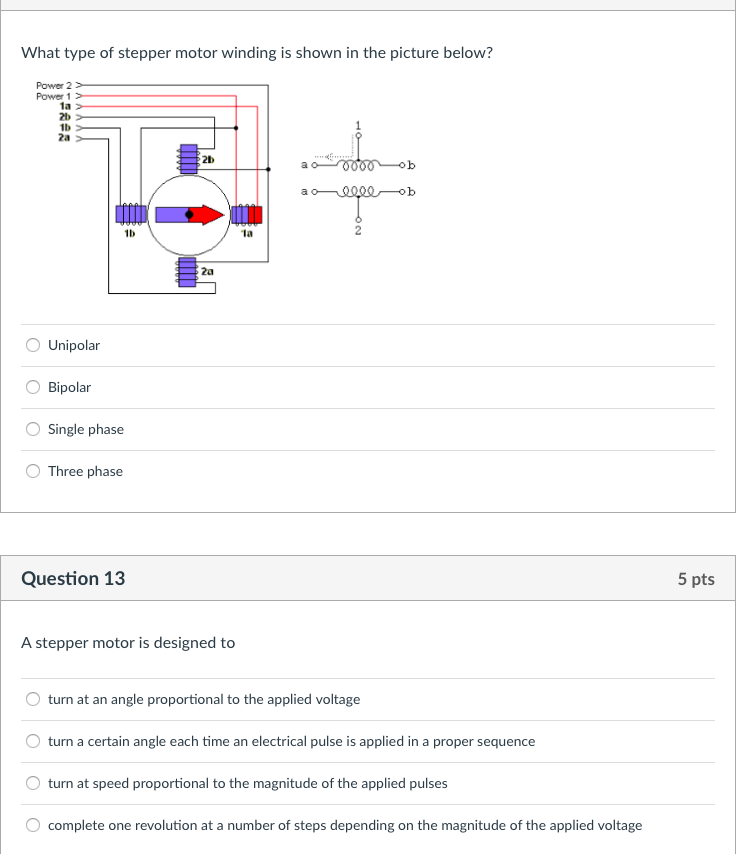

Since in this arrangement a magnetic pole can be reversed without switching the direction of current, the commutation circuit can be made very simple (eg. This is due to the physical space occupied by the windings.Ī unipolar stepper motor has two windings per phase and of course two phases, one winding for each direction of magnetic field. There are two leads per phase, none are common.īecause windings are better utilized, they are more powerful than a unipolar motor of the same weight. The current in a winding needs to be reversed in order to reverse a magnetic pole, so the driving circuit must be more complicated, typically with an H-bridge arrangement (however there are several off the shelf driver chips available to make this a simple affair).

Unipolar and bipolar is the type of connection each motor.The only difference is that bipolar can not be connected as unipolar (because it has only 4 wires) ,but unipolar can be connected ae bipolar.īipolar motors have a single winding per phase. Permanent Magnet stepper motors incorporate a permanent magnet rotor, coil windings and magnetically conductive stators. The movement created by each pulse is precise and repeatable, which is why stepper motors are so effective for positioning applications. There are two basic winding arrangements for the electromagnetic coils in a two phase stepper motor: bipolar and unipolar. A stepper motor converts electrical pulses into specific rotational movements.


 0 kommentar(er)
0 kommentar(er)
